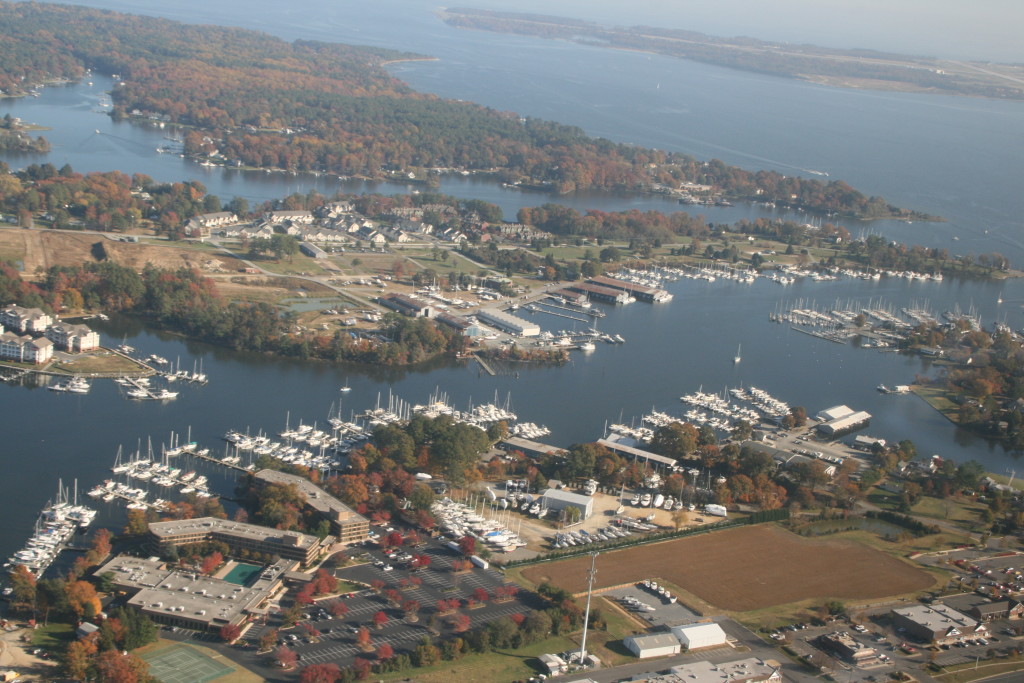Chesapeake Bay
Code red: for the Chesapeake Bay
In December 1983, 35 years ago, the bay states and EPA solemnly pledged to restore the bay in signing the first Bay Agreement. President Ronald Reagan budgeted $40 million for the new Bay Program over four years and said in his 1984 State of the Union that: “We will begin the long, necessary effort to clean up a productive recreational area and a special national resource — the Chesapeake Bay.”
These lofty expectations may be crushed…
Draft of new Bay agreement undermines cleanup
Our group found serious shortcomings in the draft of the first Bay agreement in 14 years, the first after the mandatory adoption of the pollution diet under the Chesapeake Bay Total Maximum Daily Load and state watershed implementation plans. We fear the current draft may undermine, not advance, Bay cleanup efforts.
Read MoreBay agreement efforts are foundering
If, in 1983, we were to create a nightmare scenario for the bay, this would be it — we are living that nightmare! The cause of this decline is attributable to the failure to properly address pollutants from developed land — stormwater runoff — and from agricultural operations. About 90 percent of bay waters remain polluted in violation of the Clean Water Act
Read MoreAg Certainty: Making Certain that the Bay Remains Polluted
With Ag Certainty, we’ve just thrown a “critical” part of the TMDL out the window; the only real “certainty” that remains is that we’ll all be sitting down in 2025 again and try to come up with the next, great plan to clean up the Bay.
Read MoreWar on Rural Maryland?
The costs of reversing the degradation of our rivers, streams and the bay are significant and will require sacrifices from all counties, urban and rural. We need to work together to find more cost-effective ways to reduce pollution, including pollution from the Conowingo dam. Driving a wedge between urban and rural counties by promoting a culture of victimhood will hurt that effort.
Read MoreNo more half-measures for the bay: O’Malley administration’s proposed regulations on agricultural waste aren’t strong enough
After 28 years of formal efforts to restore the Chesapeake Bay, the single most successful efforts have been in curbing bay-choking nutrient pollutants from sewerage treatment plants, so-called “point sources” from pipes. Maryland has been a leader in these efforts with passage of the Flush Tax in 2004 and its extension in 2012. This will assure that 69 of the largest Maryland plants will be removing both phosphorus and nitrogen to very low levels, approaching the limits of technology. These efforts are paid for by most Marylanders by fees on water and sewer bills.
Read More